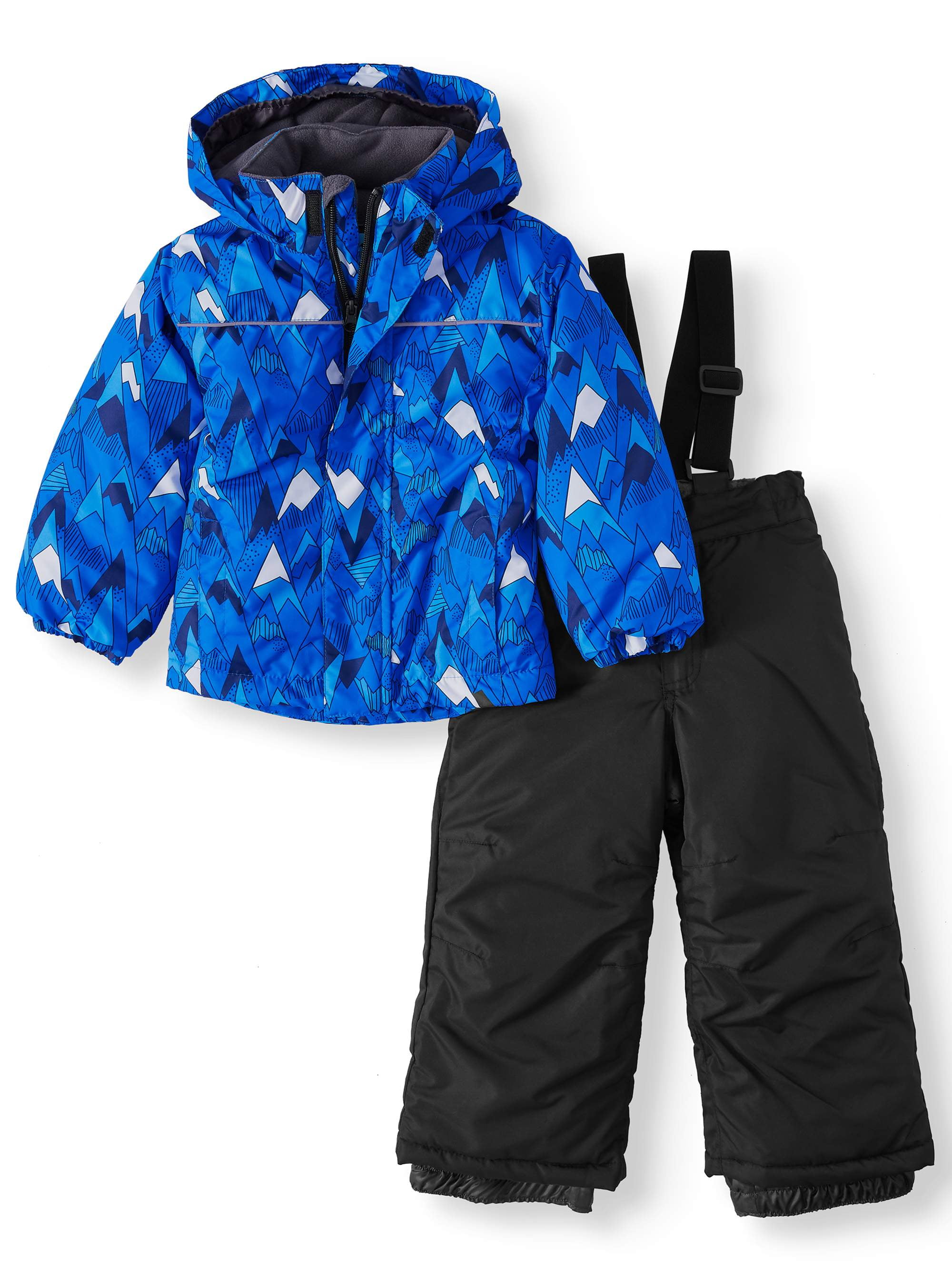

Pockets form a basic utilitarian function being able to stash away your things. Vents are usually placed in a few key spots on the monosuit, such as under the armpits, along the sides of the torso and along the thighs. Ventilation points come in handy when needing to cool the body down or dissipate excess moisture from within the suit. Ideally, all of these areas would have some form of sealing technology.
#1piece insulated snow clothing zip
Zippers can be found all over the suit whether it be the main line to zip yourself in, for ventilation, pocket access or drop seats for bathroom practicality. If you are looking to ensure your suit stays as water-free as possible, look for for sealed or taped seams and Aquaguard zippers which help to keep water out. The fabric connection points and openings are areas susceptible not only the wear but also as a point of entry for cold air and water. Monosuits are usually produced with some form of laminate, Gore-Tex or comparable technology to aid in water resistance. On the underside of the suit is an inner liner, usually made of breathable, moisture-wicking material for rider comfort and heat management. The last thing you want is for it to get ripped open on a branch. The outer shell is designed to be durable given the nature of riding through the wilderness. One-piece snowmobile suits come either in two or three layer construction, depending on whether insulation is built into the suit. Non-insulated: Best used in varying weather conditions or by physically active riders. Insulated: Best used in colder temperatures and for casual snowmobiling. The insulated onesies may on its own keep the rider warmer, however, even though they do come with ventilation options they may make for a little too toasty or sweaty of an experience for the physically active rider. The uninsulated suits are best worn as part of a layered clothing system using base and/or mid-layers. The non-insulated one-piecers (also known as a “shell”) provide protection from the cold wind, snow and water. Snowmobile one-piecers come either insulated, or without insulation. Compromises or differences across seemingly minor factors will compound, resulting in a different overall experience for the rider.


Not all snowmobile monosuits are created equal, and there are different designs and factors to consider when determining which monosuit you should buy. You can be forgiven for thinking “it’s a snow onesie, how complicated can it get?”. Best Overall: KLIM Ripsa One-Piece Suitįor detailed one-piece snowmobile suit comparison guides, scroll down further in the post for the goods!.Best Insulated: FXR Ranger Insulated Monosuit.Best Non Insulated: Tobe Macer Monosuit.Best Bang For Your Buck: 509 Allied Monosuit Shell.
#1piece insulated snow clothing how to
We will also review a range of one-piece products, whilst giving insight on how to choose the best snowmobile onesie for your backcountry needs. In this article we trudge waist deep through the world of snowmobile one-piecers explaining what they are, what to look out for, and the pros and cons versus a two-piece system. A quality one-piece snowmobile suit produced specifically for the heavy demands of those winter riding pow sessions will not only help to keep the rider more comfortable out in the elements, but add function and security to the overall setup. Battling below freezing temperatures, fresh snow dumps, slush and machine breakdowns are a regular part of the snowmobiler’s experience.ĭue to these factors, rider apparel can be almost as important as the snowmobile itself.


 0 kommentar(er)
0 kommentar(er)
